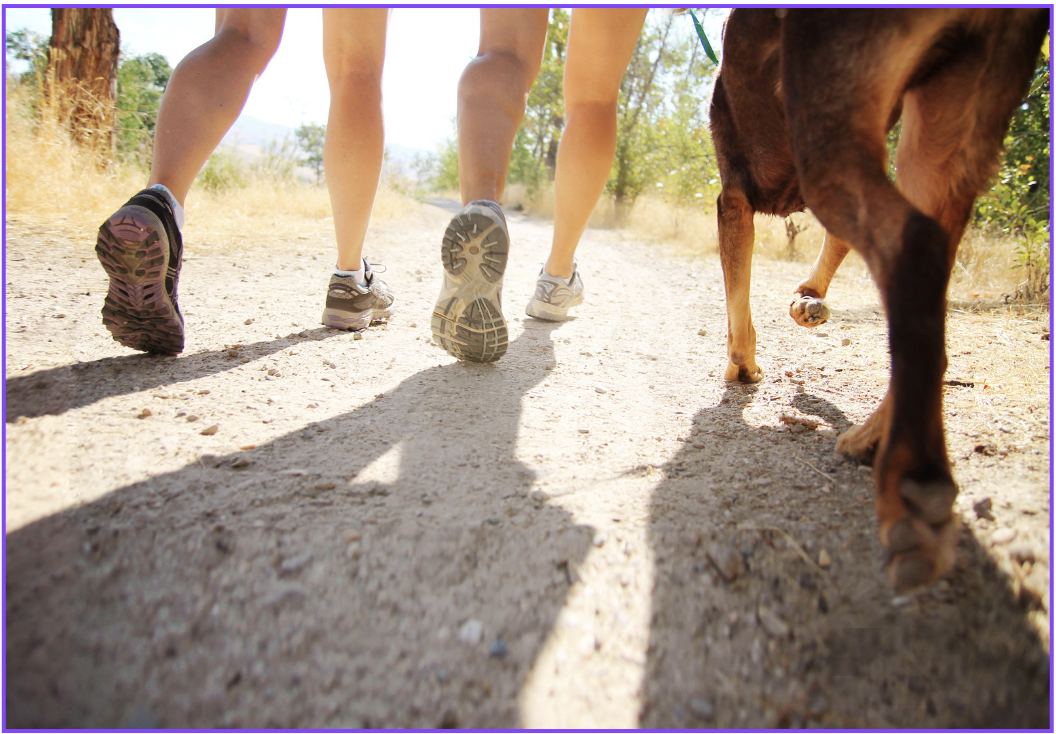We are delighted to have the exercise and movement expertise of personal trainer and friend of Winchester GP Anna Coles. Read on as she explains the importance of functional movement training, and how you can incorporate its key elements in to your exercise schedule.
Are you getting the most out of your exercise?
Most of us are familiar with the NHS guidelines on the minimum amount of physical activity we need to do to maintain our general levels of fitness and health, as listed below.
Adults should aim to:
do strengthening activities that work all the major muscle groups (legs, hips, back, abdomen, chest, shoulders and arms) on at least 2 days a week
do at least 150 minutes of moderate intensity activity a week or 75 minutes of vigorous intensity activity a week
spread exercise evenly over 4 to 5 days a week, or every day
reduce time spent sitting or lying down and break up long periods of not moving with some activity
…but how we move is of equal importance and can make a significant difference to how our bodies age and this is why functional movement patterns are so important.
So, what is functional movement?
Over time our bodies have evolved to adopt 7 basic functional movement patterns. Every movement we perform is an activity of daily living, from lifting a bag of shopping to sweeping the floor or driving the car will fall into at least one of a number of key movement patterns. These movement patterns offer us a way to interact with our environment to express force and to move ourselves our objects around.
To maintain our mobility and strength into old age we need to aim to incorporate these movements into our exercise regime. And the best news is these exercises do not need to be performed in the gym. You can use your own body weight, resistance bands and hand-held weights to perform and benefit from the following movements/exercises;
1.Gait/locomotion
Moving your body from A to B. Normally in bipedal motion but can be in quadrupedal movement.
Exercises include running, climbing and crawling.
2.Carry/move load
Moving your body from A to B with an object.
Exercises include farmer’s walk (carrying a weighted object in either hand) and sled drag
3.Push
Driving the arms away from the body, hand moves away from the shoulder.
Exercises include shoulder press and press up
4.Pull
Drawing the arms in toward the body hands move towards the shoulder.
Exercises include pull ups and row variations
5.Squat
Flex at the knee and the hip whilst abducting the hip, lowering the hip down towards the ground before returning to an upright position.
Exercises include squat variations, lunges.
6.Hinge
Flex at the hip only, pushing the hip backwards the wall before returning to an upright position.
Exercises include deadlift and kettlebell swing.
7.Rotation/anti rotation
Moving in the transverse plane resisting movement in the transverse plane.
Exercises include woodchops, spinal twists and benefit core strength, hip mobility, improve lower back health and increase speed and acceleration.
By including these essential movement patterns into your training, general exercise or daily activity you’ll be ensuring you stay as mobile, strong and flexible in the essential planes of movement that our bodies have adapted to, to carry out every day activities.
About Anna Coles:
Anna is founder of Compono Fitness & Health and a level 4 Personal Trainer with a specialism in Metabolic health and Cancer Rehabilitation. Her specialist qualifications enable her to liaise with GPs and consultants to work with individuals with cancer and a number of medical conditions to improve levels of fitness and quality of life.
She is also a certified Pure Stretch, Functional Movement, Kettlebell and Suspension Training Instuctor and Master Trainer for energie fitness UK for whom she delivers national online group fitness sessions.
Do consult a qualified trainer or doctor if you are in any doubt as to the suitability of a new exercise schedule before you get going. :-)








